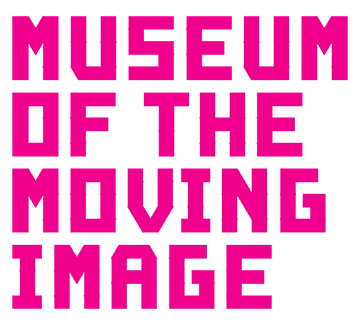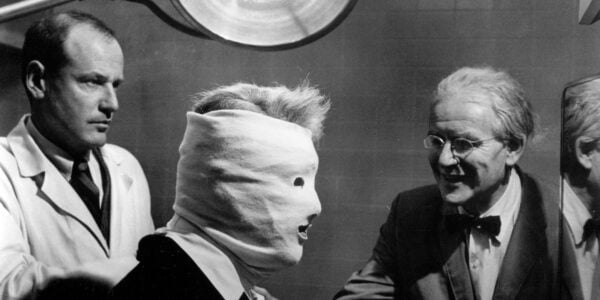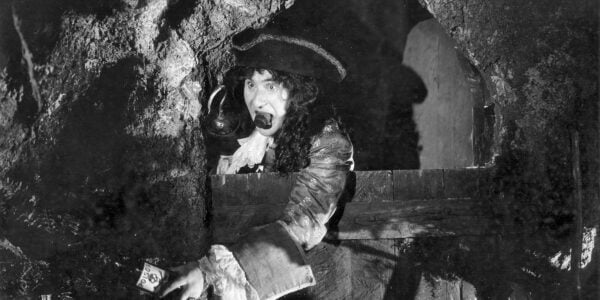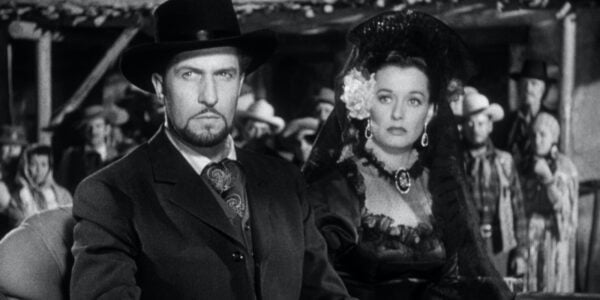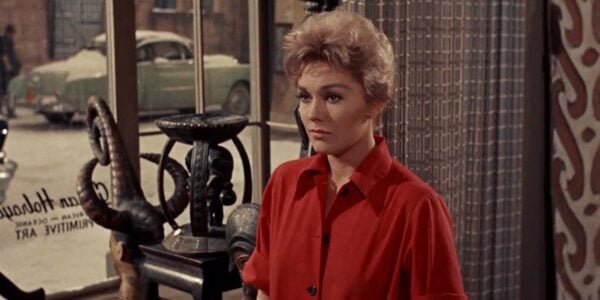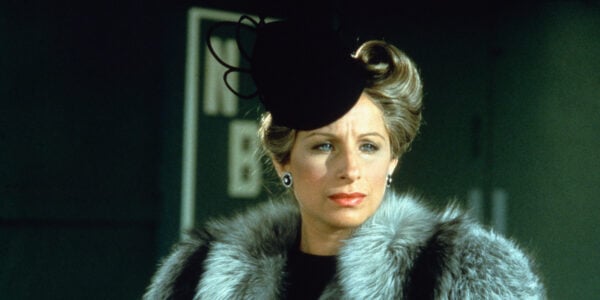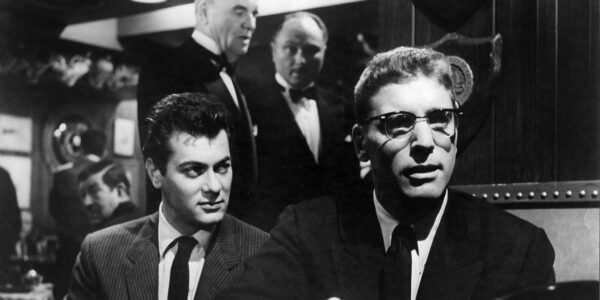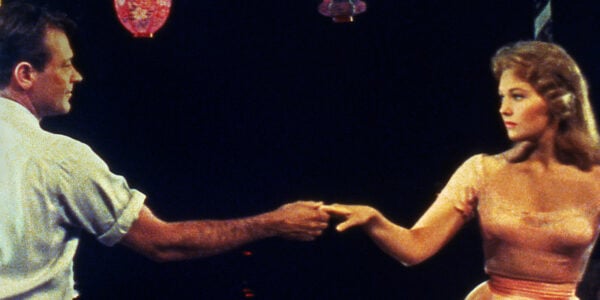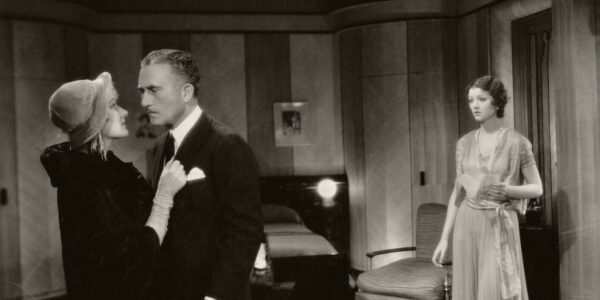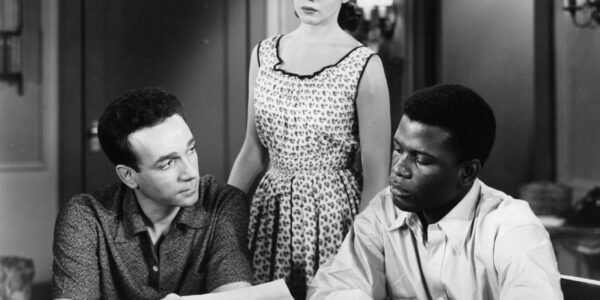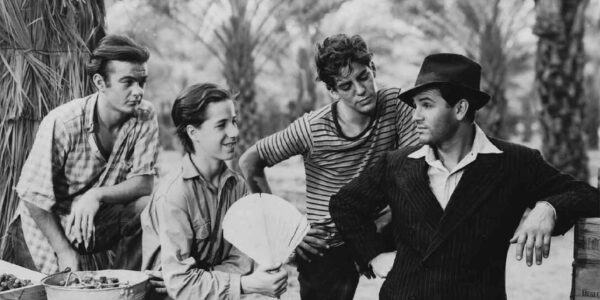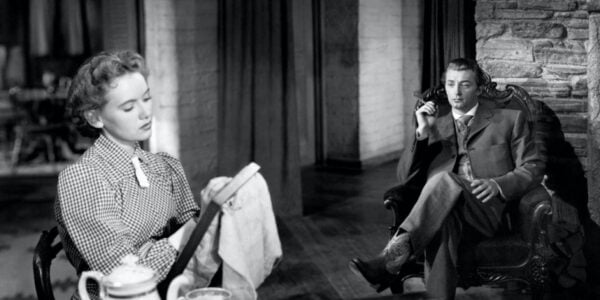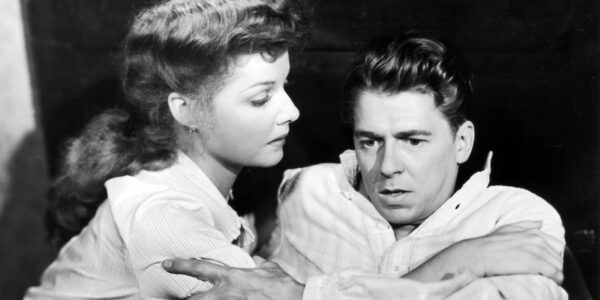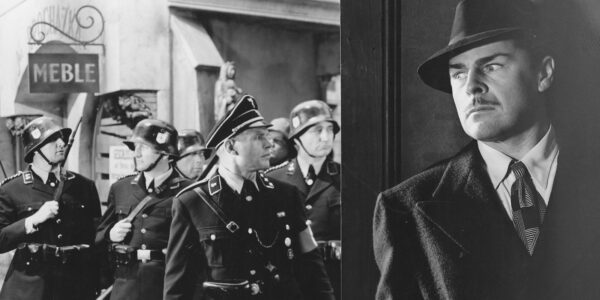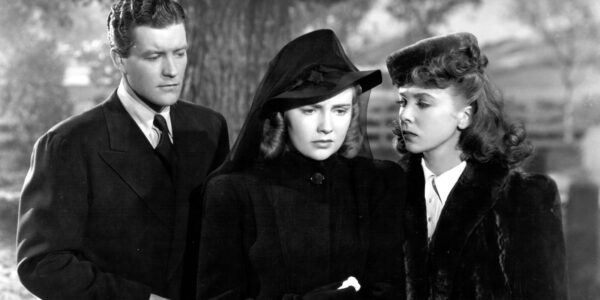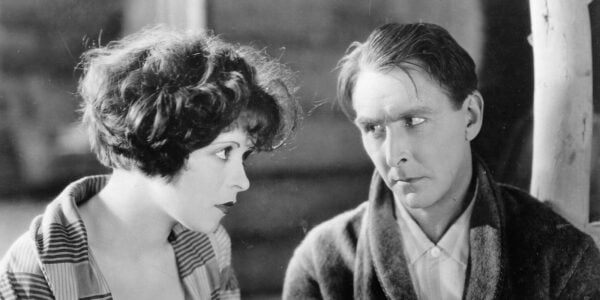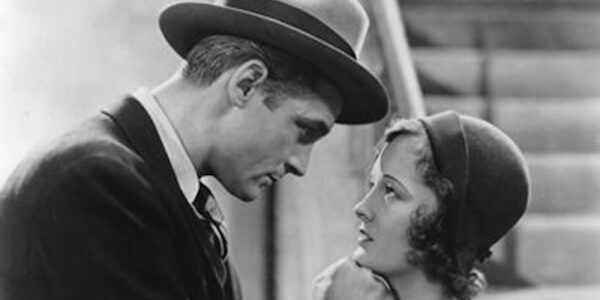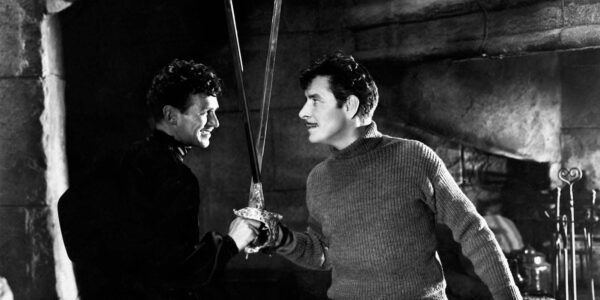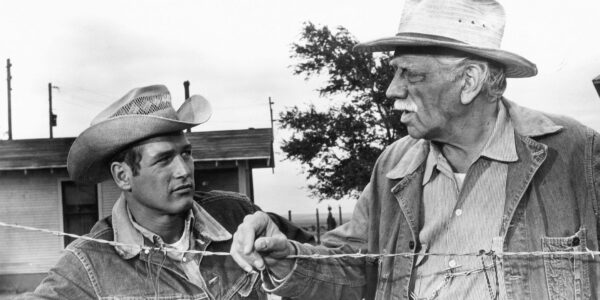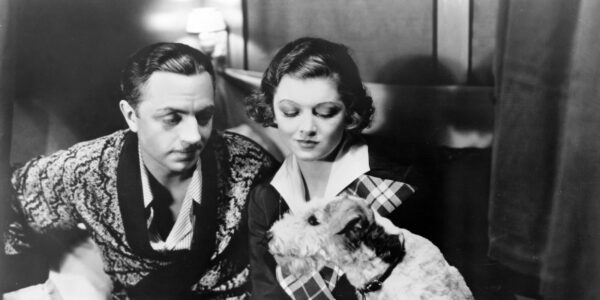James Wong Howe on set in 1965 (United Artists/Photofest)
How It’s Done: The Cinema of James Wong Howe
May 13 — Jun 26, 2022
Born in China at the dawn of the 20th century and arriving in the United States as a young child, James Wong Howe would come of age within and alongside Hollywood, serving as one of the industry’s major stylistic and technical innovators from the early 1920s through the mid-1970s. One of the few Chinese immigrants in the nascent industry, Wong Howe hustled, labored, and apprenticed his way to becoming a studio contract cameraman and cinematographer in the early part of his career, taking on assignments for luminaries such as Allan Dwan, Victor Fleming, and Howard Hawks, and developing particular affinities with William K. Howard and John Cromwell. Wong Howe eventually became a highly sought-after freelancer, working on a string of late-career hits such as Picnic, Sweet Smell of Success, The Rose Tattoo, and Hud (taking home Oscars for the latter two). Though films such as Seconds and Bell, Book and Candle allowed him unforgettable stylistic flourishes, Wong Howe’s approach was always one of practical, screenplay-dictated solutions to dramatic problems. He was among the first to utilize deep focus, tracking shots, crane shots, and dolly shots, but his innovations never called attention to themselves, lest the images distract from the story rather than help it come to life. Discovering or revisiting the work of James Wong Howe is to encounter one exquisite choice after another—he always seemed to know just how to light a set, where to place the camera, and when to move it. Movies are an amalgam of choices, and Wong Howe always, despite a changing industry and society and a rotating group of collaborators, made the right ones.
